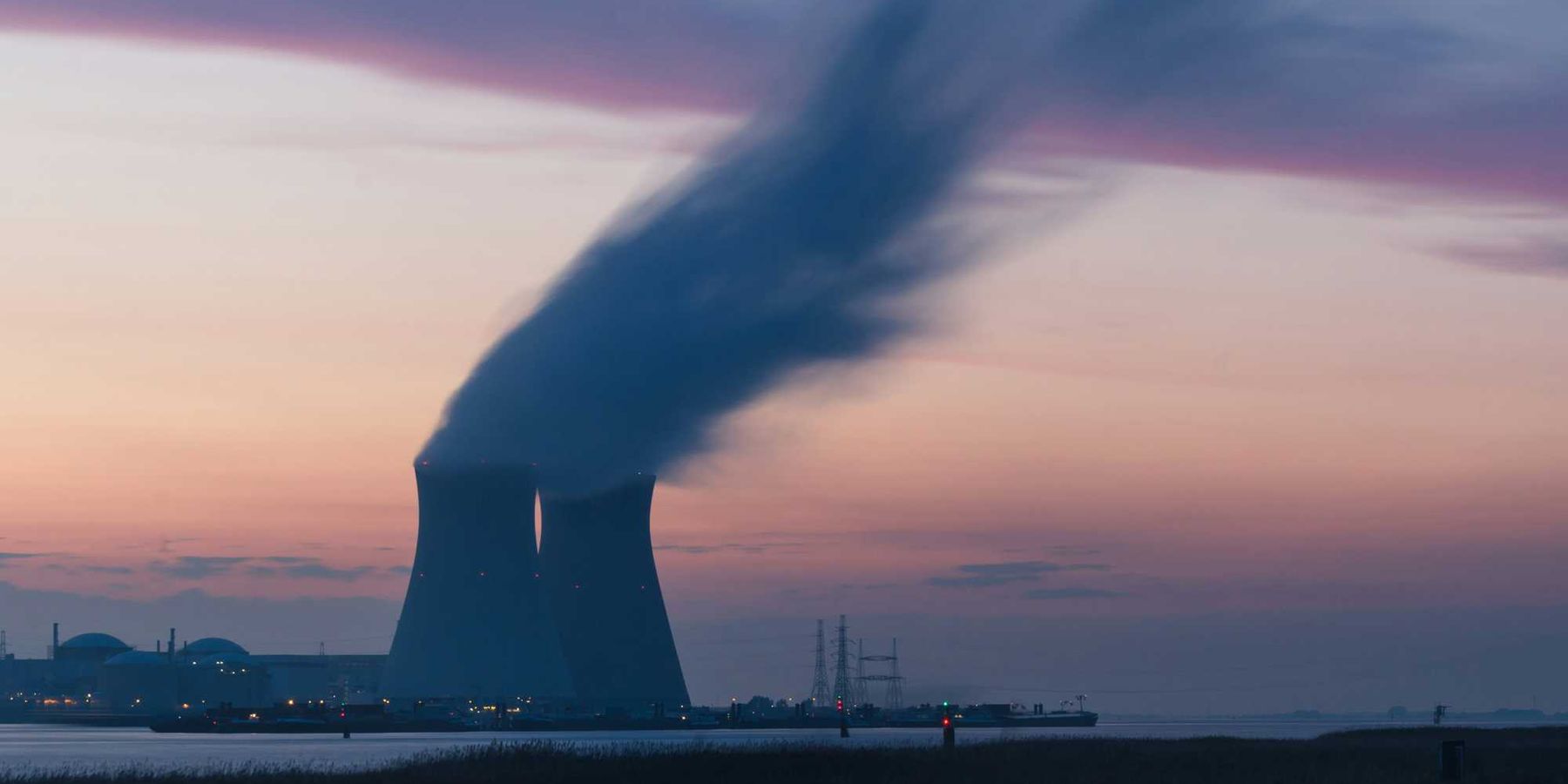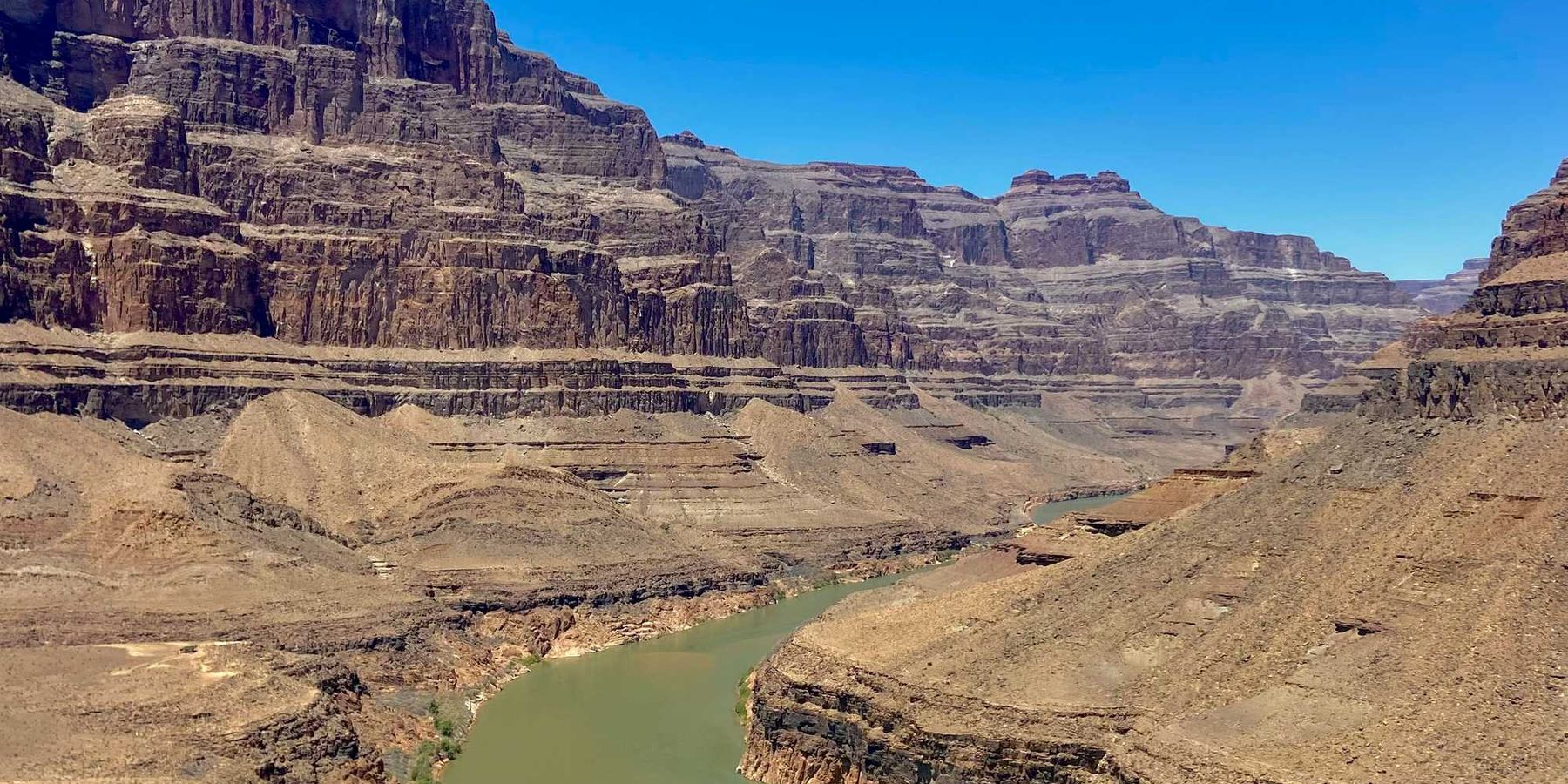Tankers shipping U.S. LNG emit more greenhouse gases than all the country's electric cars can offset
A single year of emissions from U.S. liquefied natural gas (LNG) exports by ship outweighs the climate benefits of every electric vehicle on American roads, according to a new analysis.
Phil McKenna and Peter Aldhous report for Inside Climate News.
In short:
- Between 2017 and 2024, annual emissions from LNG tankers surged from 4.1 million to 18.4 million metric tons of CO₂ equivalent, driven by a fivefold increase in voyages.
- Most emissions stem from methane leaks during shipping, especially from poorly loaded auxiliary engines, making the process more polluting than widely assumed.
- The Trump administration has greenlit several new LNG projects, even as global shipping regulations tighten and concerns grow about the full lifecycle emissions of exported gas.
Key quote:
“Shipping emissions are not really taken into account by either the exporting country or the importing country.”
— Alison Kirsch, senior energy analyst, Sierra Club
Why this matters:
Methane — the core component of natural gas — is a potent greenhouse gas, packing 80 times more warming power than carbon dioxide over a 20-year span. While it dissipates faster, its short-term punch makes it a prime target in the fight to slow global warming. The growing trade in liquefied natural gas has long been sold as a cleaner alternative to coal, but shipping it across oceans reveals an underappreciated climate toll. From fracking fields to foreign ports, every step leaks gas, with tankers releasing methane through a phenomenon known as “methane slip.” These emissions often go unmeasured, thanks to a regulatory blind spot over international waters and the technical challenges of satellite monitoring at sea. The industry’s unchecked growth raises questions about whether gas can truly serve as a “bridge fuel” in the transition to clean energy, or if it simply paves a longer road of fossil fuel dependence.
Related: Methane emissions are rising at a record-breaking pace













